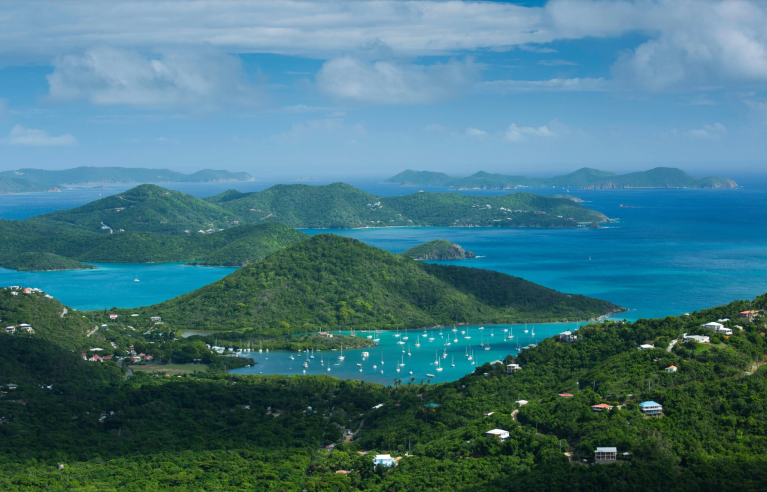
Hundreds of boaters stuck in the Caribbean have converged on the U.S. Virgin Islands, but there are fears that their safe haven comes at a cost for residents.
A report by Emily Palmer for The New York Times.
Doug Mann thought he would ride out the start of the coronavirus pandemic on his sailboat anchored on the shores of Culebra, an island off the coast of Puerto Rico. With airports closing across the Caribbean and restrictions tightening, the American citizen planned to inch his way closer to the United States mainland ahead of hurricane season.
But when he arrived, after a three-day sail through rough waters, local officers told him he had to leave. Immediately. So he sailed on.

As governments across the Caribbean moved to restrict the spread of the coronavirus, closing ports and instituting quarantine rules that vary by island, mariners of all nationalities found themselves unwelcome at port after port. Unable to dock, many have converged on the only available and practical harbor of refuge: the U.S. Virgin Islands.
As an American territory without control of its borders, the idyllic islands now have the largest number of boats that local officials have ever seen bobbing off their shores — as many as 600 boats at one point, up from 270 typically moored or anchored there each year. With weather up north still dicey and ports shuttered en route, they have few alternatives.
Residents have become increasingly concerned about not only the potential damage to fragile marine ecosystems, but also the water quality and an already limited medical supply. The virus is expected to crest in the territory next month.
Here, for an unknown duration
In an open letter on March 27, Gov. Albert Bryan Jr. welcomed visitors to a “safe haven under U.S. Flag protection at this grave time.”
The U.S. Virgin Islands — made up of St. Thomas, St. John, St. Croix and Water Island — are subject to American laws. Across the territory, yachts of all sizes now crowd the turquoise waters, shoehorned into the curved bays on makeshift moorings. Typically at this time of year, sailors hop port to port across the Caribbean enjoying the beaches — now those beaches are closed and mariners are supposed to stay on their boats except for picking up essentials.
“Everything has converged here all at once,” said Jean-Pierre Oriol, commissioner of the territory’s department of planning and natural resources, who has worked there for two decades. “I’ve never seen the volume here in the territory that we have right now.”
At the end of March, New Jersey residents Carol and David Hewit were on their Island Packet sailboat, about a quarter mile from the Dutch island of Sint Eustatius, when, Mrs. Hewit recalled, “we were greeted as we entered their only harbor with bullhorns and boats.”
They turned around and sailed through the night to the U.S. Virgin Islands.
Now moored on Francis Bay in St. John, the couple, who are in their 60s, say they do not want to return home; the New York area is now the pandemic’s epicenter. Like many sailors, they do not want to leave their boats by flying home — if they could even get a flight out; theirs, for later this month, has already been canceled.
Their son, based in midtown New York, has moved his family, including their infant grandson, into the couple’s home, and the Hewits fear contracting the virus on the plane and passing it along.


